


Preparing a racing car for Formula One takes a lot of work. There are a lot of steps involved, from building the chassis and tuning the engines to testing the safety belts. An app isn’t as expensive as an F1 racing car, but both need a solid launch plan.
In our guide, we’ll talk about how you can benefit from having a product launch strategy. We’ll break down the main advantages of product launch strategies, explore various launch scenarios, and look at some success stories. Get ready to start the engine!

Let’s say you want to release a brand-new mobile app. You’ve already created an original product concept and planned out the core features. But how do you capture an audience when your app isn’t even out yet? That’s what product launches are for — they let you generate excitement and build an active fan base prior to the release.
It all boils down to strategic planning and deliberate marketing. The main goals of a product launch are to test the product, capture the market, and let your future users know about the upcoming release. This way, you’ll be able to start earning profits right from the moment your product hits the app stores.
But what makes product launches so effective? To answer that question, we’ll need to break down the terminology even further. There are two types of product launches: soft and hard. Let’s look at each in more detail.
Soft launches are popular among new startups, allowing them to study the market and get early impressions from their target audience. Instead of committing to a large-scale release, it can be helpful to release the app to a limited audience, collect user feedback, and use it to refine every feature. This approach will allow you to improve the product gradually and save money on development.
Hard launches are the opposite: loud and expensive. They’re favored by large corporations like Apple and Google, letting them reach as many users as possible with large-scale marketing campaigns. Hard launches are for those who like high stakes, as they are both risky and rewarding. If you have a big enough budget and know your product will be popular on release, hard-launching will generate a lot of revenue from day one.

For clarity, we listed the differences between the soft and hard launches in the table below.
Each of these approaches can be useful, depending on the project. Now, let’s look at what you can gain by committing to a launch strategy:
A product launch strategy will give you time to prepare ahead of the release. You’ll be able to obtain market feedback, refine every feature, and build up your social media presence. This way, when the launch day arrives, you’ll be set up for success.
Here’s what the stats say: out of 30,000 new products introduced each year, only 5% survive. That’s because many companies don’t think about user needs, blindly releasing products in the hope of making a profit. A product launch strategy will allow you to avoid their fate through careful planning.
You can get valuable feedback after a soft product launch, especially if you’re a new startup. Early on, building a solid foundation for your business is crucial, and listening to the people who are testing your app will help you do that.
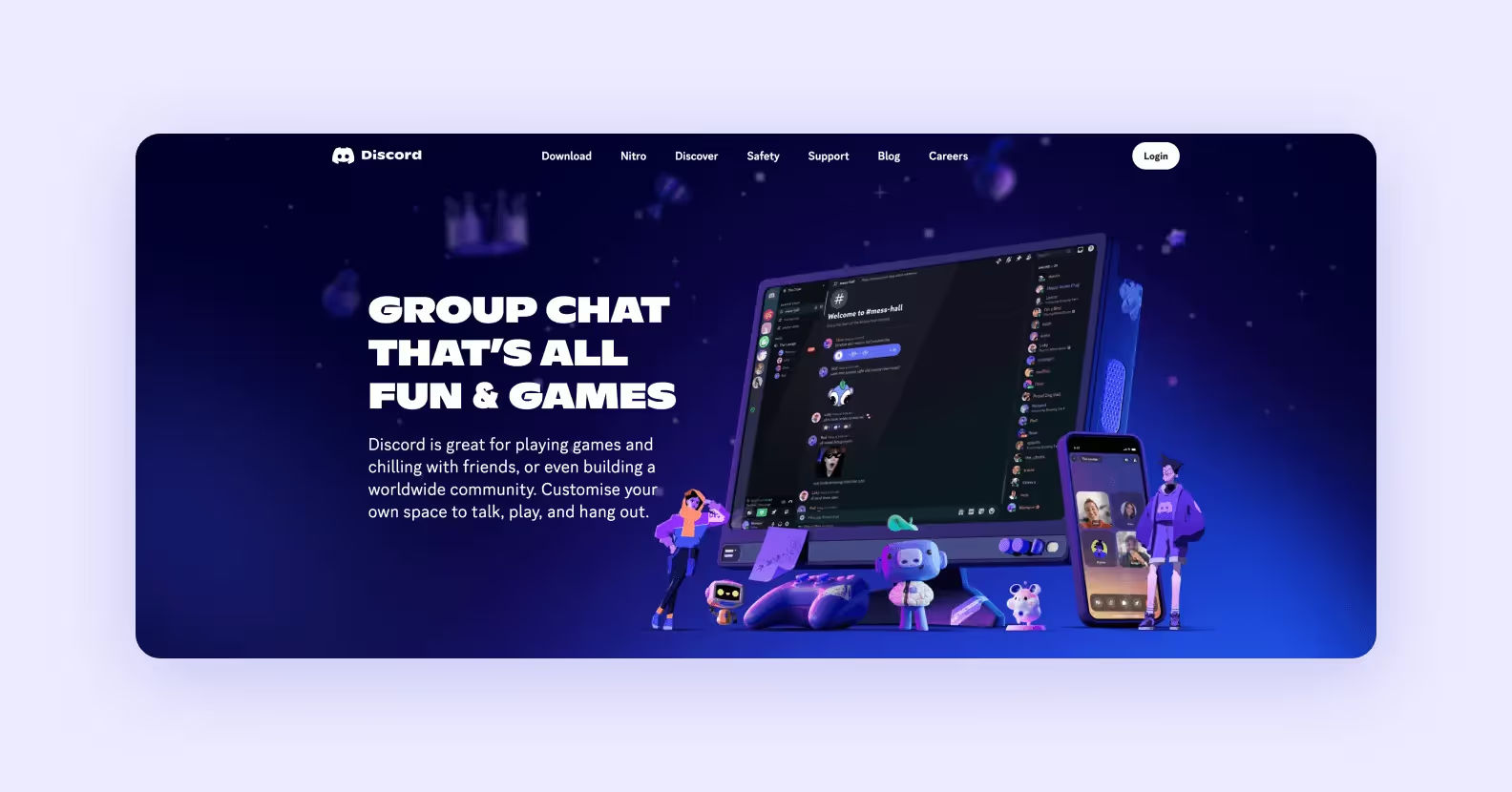
To get feedback on your product, why not soft-launch your app in early access for a limited audience? This will allow you to improve the app, and when the time comes for a global release, you’ll have a polished product ready to conquer the market.
It’s clear that having a launch strategy is beneficial, but when should you use it? Let’s look at three scenarios. If at least one of them applies to you, consider using a product launch strategy.
If you’ve already managed to develop a Minimum Viable Product, and every feature works as intended, congrats! But have you thought about how you’re going to release it?
If you want the whole world to know about your app, consider doing a hard launch, and make sure not to exceed your budget for digital marketing. And if you prefer a more calculated approach, opt for a soft one instead. Conduct a limited release for your target audience and see what they think about your app. Their feedback will help you fix bugs and develop new features for the product.
If your marketing team has already finished developing the promotional campaign for your product, it’s time to think about launching your app. Timing plays a key role here: it’s important to start the campaign at the right moment, close to your launch window. That will help you build up the buzz around your product and increase its user base at release.
You can also test the effectiveness of your marketing campaign through soft-launching. For example, try out different types of ads to see which promotional content interests your target audience the most. The main goal is to ensure your product is in the spotlight when it hits the app stores, attracting many first-time users.
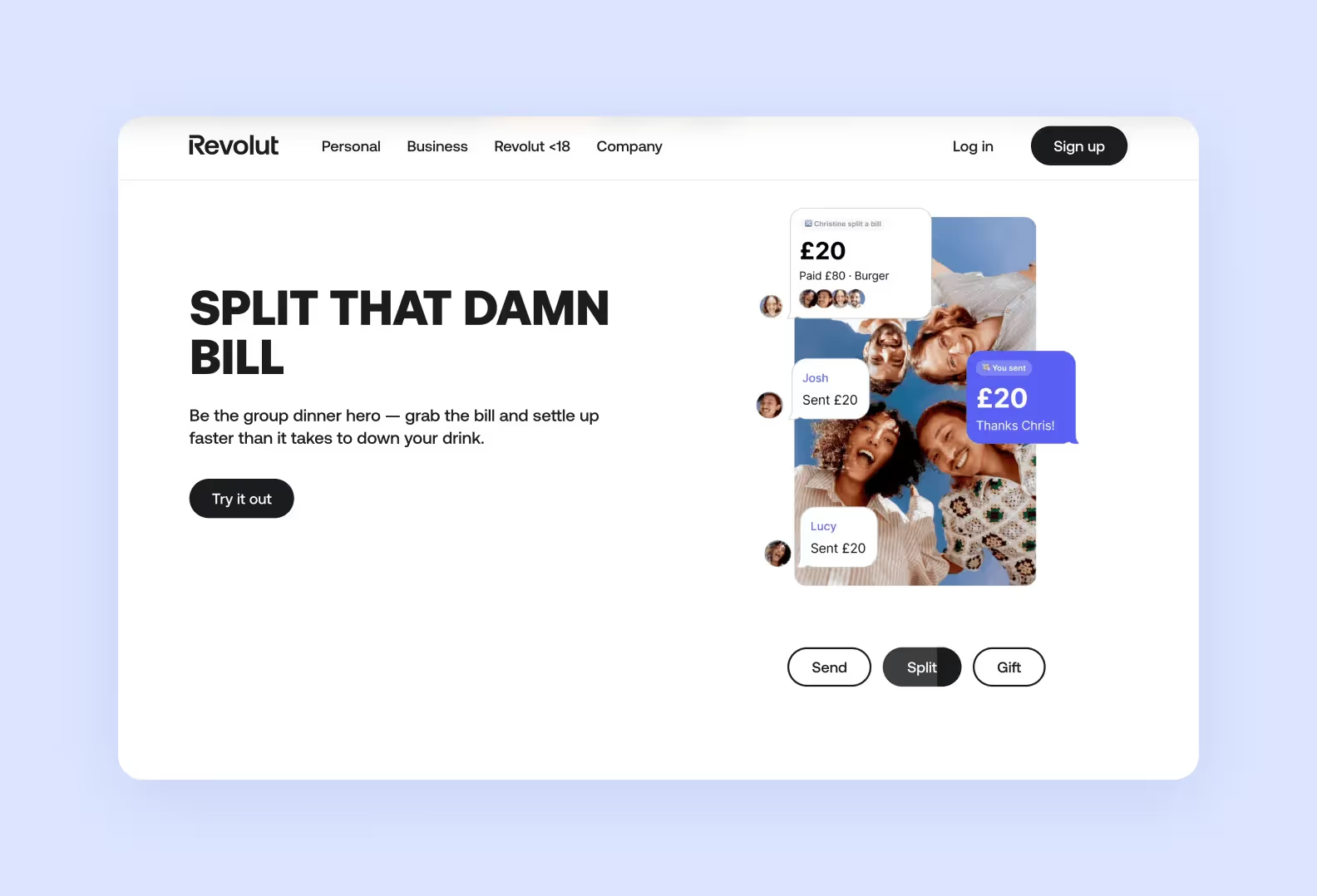
Let’s say you want to get into an obscure niche, such as apps for antique book collectors. In this case, your audience reach probably won’t be wide, but that can also become a benefit.
Using a product launch strategy will let you reach diehard fans of antique books, focusing your marketing efforts on that specific audience. Find content creators in the niche, post on hobby forums, and be active across all social media channels. This approach will get you noticed and give you the upper hand in a non-competitive product niche.
Launching a new product takes some serious planning. Next, we’ll break down the key steps of this process to help you have a successful launch.
When it comes to launching apps, market research should always come first. A key part of this process is customer development. It’s aimed at analyzing user needs, outlining pain points, and coming up with solutions. Knowing what your customers want will allow you to plan out your product’s feature set and better understand your target market.
Next, look at the key players in your niche. What have they accomplished with their own products? What problems did they face along the way? Which features in their apps work well, and which needs improvement? The more honestly and objectively you answer these questions, the higher the odds of your own launch’s success.
When performing market research, try to obtain verifiable data — it'll help you validate hypotheses about your future users. To get it, talk to your prospective customers face-to-face. Conduct surveys and interviews, asking the target audience straightforward questions about your product. By doing that, you’ll gain insights into how your users think and what features they want to see in new products.
The next step is to craft an original and memorable product message. It needs to clearly explain the product to your audience: what it does, why it’s helpful, and why users should invest their time in it. This is crucial since an app will only be successful if people see the value in it.
A product message consists of several key components. Think of it as a page of an app on an app store. It should include a memorable product name, a straightforward description, and an eye-catching app icon. Ideally, the user should understand the point behind your product just by looking at these three elements.
The most effective product messages are simple and concise, so we recommend sticking to a shorter format. If the message communicates the product’s value to your target audience in just one or two sentences, then you’ve done everything right.
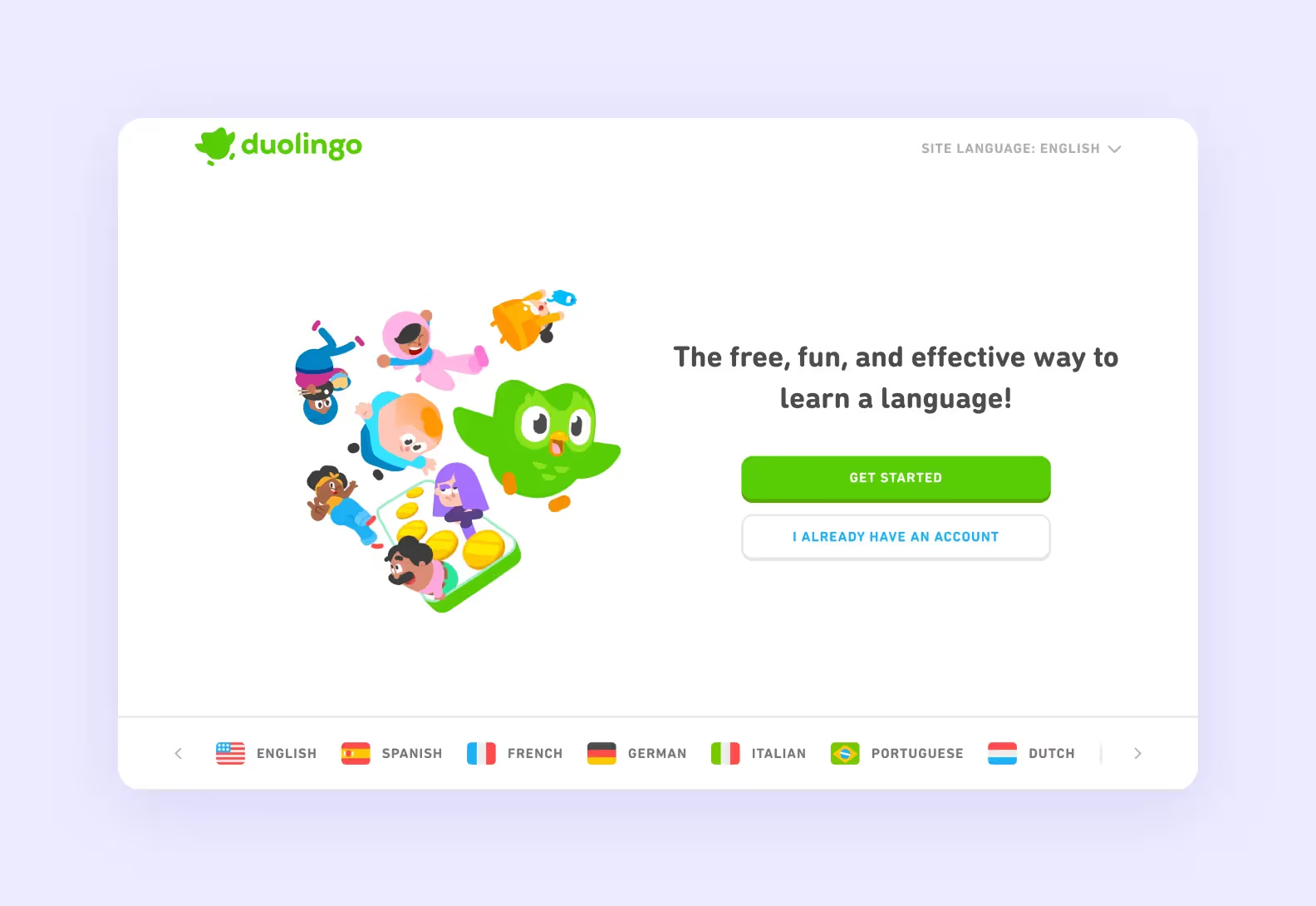
Setting a specific deadline for app release is crucial for several reasons. First, it'll help you focus your team ahead of the product launch, motivating them to prioritize the most essential tasks. When everybody knows the deadline, it becomes easier to plan ahead and prevent feature creep.
Having a fixed launch date can also work great for promoting your product. We’ve all seen the countdowns that Apple does before each new iPhone release. Why not take the same approach with your product to build hype around the launch and intrigue your future users? You can also combine it with marketing campaigns: release mysterious teasers and plan early access sneak peeks. Who knows, maybe your product will even go viral as a result.
To get noticed, every product needs to have serious marketing power behind it. With so many apps out there, it’s now more important than ever to stand out from the crowd and reach users across different platforms. That’s why it’s vital to come up with a solid marketing strategy ahead of launch.
If you’ve already outlined your target audience and crafted an effective product message, developing a marketing strategy will be much easier. Now, you’ll need to pick the right channels for promotion which can include: social media ads, influencer partnerships, email newsletters, etc. The more marketing channels you have access to, the better — this'll help increase your product’s visibility.
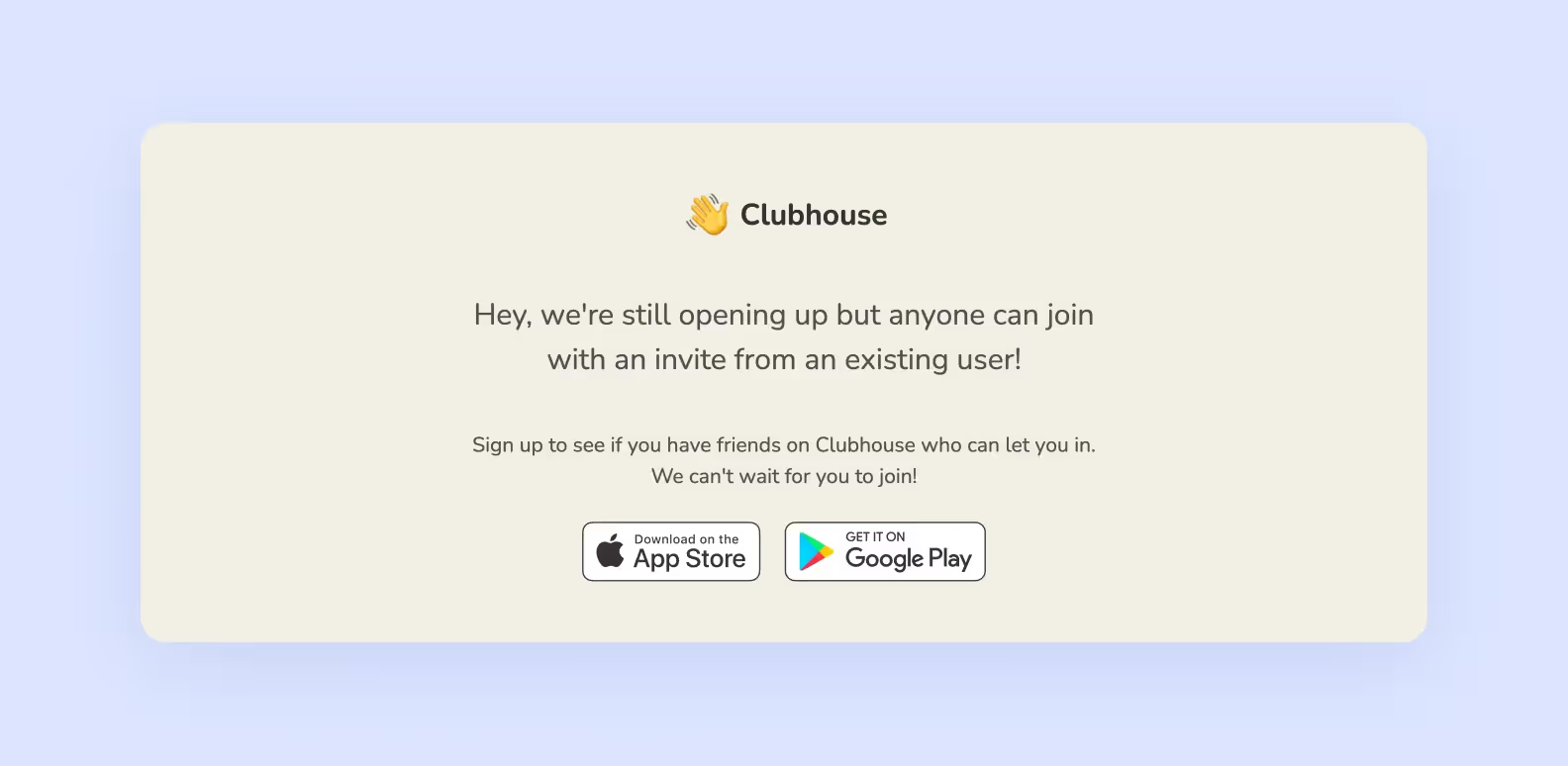
Then, decide how you'll arrange the launch event. If you’ve opted for a hard launch, it should be as bombastic as possible. Take notes from viral promotional campaigns done by corporations like Sony and Apple. But remember that such campaigns rely on large budgets. If soft-launching suits you better, consider a more exclusive approach to marketing. Send out personalized invites to members of your audience and plan regional campaigns.
The next step is to make promotional assets for your upcoming marketing campaign. That includes setting up your product’s landing page, writing a press release, as well as preparing promotional photos and videos.
Make sure that all of the content reflects the core message behind your product. The descriptions should be clear, easy to read, and on point. Make sure that each promotional image is in high resolution to maximize the impact on your audience.
It’s crucial to prepare engaging social media posts since platforms like TikTok and YouTube are some of the biggest marketing channels nowadays. Also, don’t disregard influencer marketing: it’s a powerful tool that can widen your audience reach. Many products become popular thanks to shout-outs from content creators. And if you want to capture a specific audience, it’s a good idea to search for influencers who cater to a similar crowd.
Once the promotional materials are ready, it’s time to kick everything into high gear and start marketing your app. Sending out emails, posting on socials, setting up web ad campaigns, and everything else you can think of.
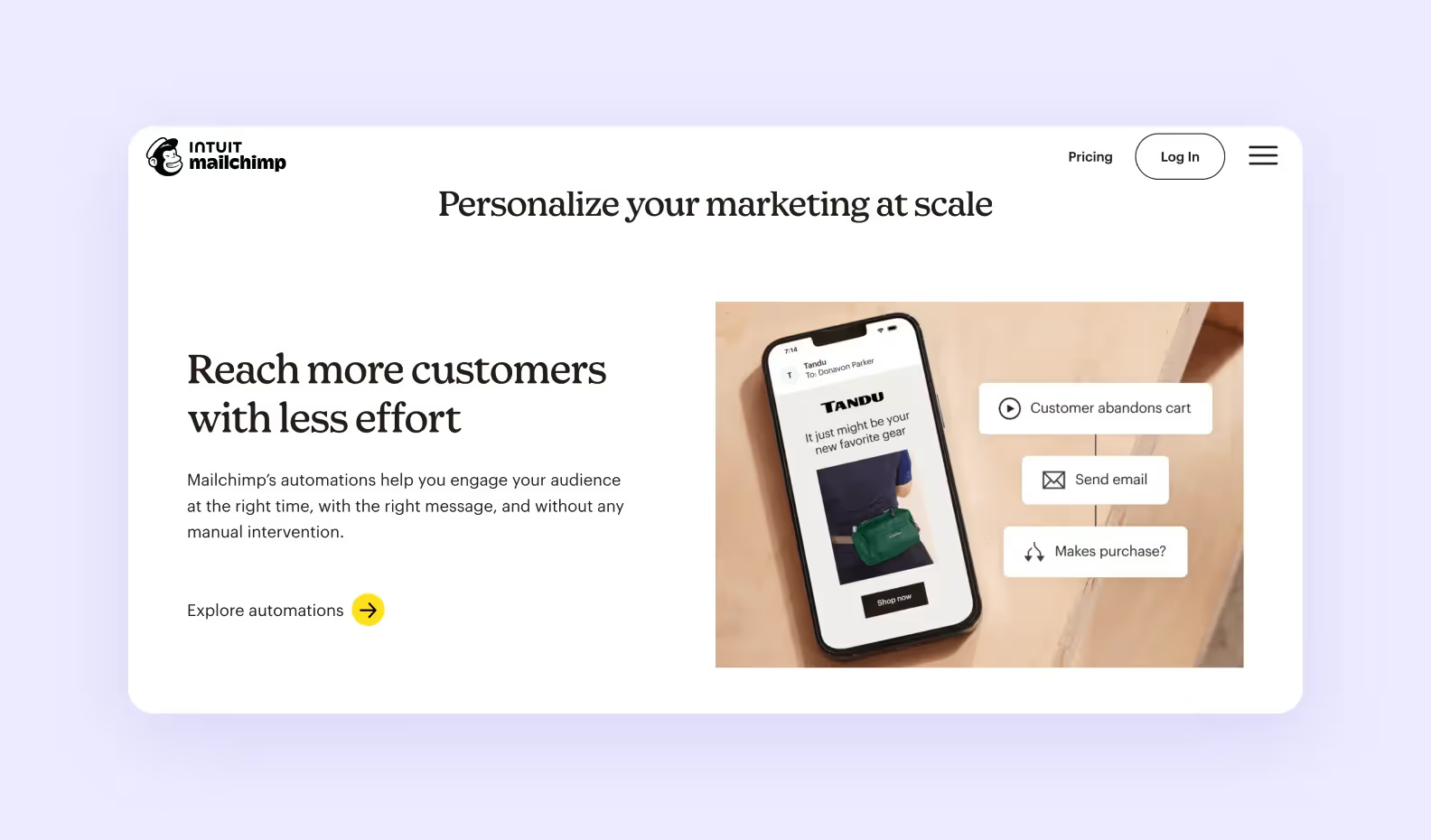
You don’t have to be aggressive and buy every billboard spot in town. Running a limited promotion can be just as effective, depending on the type of project and user expectations. Prioritize your marketing channels in the order of effectiveness. You’ll need to spend your marketing budget strategically to achieve maximum impact with your campaign and meet your goals.
It’s finally time to organize the launch event. By now, you’ve managed to build up a lot of anticipation for your product, and now you’ll be able to convert it into real profits.
Conduct the final marketing push to inform people about the product launch. You can do that with a digital event to celebrate the release and drive client traffic to your website. It’s also a good idea to host a live stream with core team members to showcase your product and its key benefits to users. Make the stream as engaging as possible: make virtual contests and quizzes for chat members, or host Q&A sessions.
After you’ve performed a product launch, it’s time to support and update your app. Look at the key performance indicators and user reviews to see which features could be improved. Reply to your clients’ feedback, this will show you’re committed to updating the product. Based on the data you’ve gathered, create new features to add to upcoming updates, optimize the app, and continue to promote it online.
At the end of the day, any product launch relies on careful planning and efficient team collaboration. We’ve covered the most essential steps of this process to help you succeed with your release.
Here are our 5 product launch tips to help you succeed with launching a new product:
If you want to get your product to market before your possible competitors, consider making an MVP, or Minimum Viable Product. An MVP includes only the core features needed for your service to function. By making it, you’ll be able to test your product concept with real users and build a working app without spending an enormous budget.

The cupcake model is an efficient approach to product development. It represents the process of a duckling transforming into a swan. With every version, the product grows in scope, and each new feature provides extra value to users. The main goal of the cupcake model is to launch a complete, user-friendly product that benefits clients right from the release.
Why not combine the cupcake model with the MVP approach? It'll allow you to launch a finished product in a short amount of time and improve customer satisfaction in the long run.
If you know what your users want before your product is out, then half the battle is already won. Understanding your audience’s pain points is crucial, and the features in your app should address them.
To get to know your audience better, make questionnaires and carry out user interviews. It’s also important to perform regular usability tests for your app once it’s in active development. It’s a good idea to record these tests, as you’ll be able to track each action of the user in the app.
Choosing an optimal product launch method is key to a successful release. If you have a limited budget, you’ll find the soft launch strategy useful. You’ll be able to learn what your users want, study their feedback, and use it to polish your app.
If you have a sizable budget and a polished product, the hard launch strategy will let you quickly capture the market. Just make sure your campaign is active across as many marketing channels as possible.
To maximize your profits at release, we recommend wisely picking the product launch date. That way, you’ll be able to make the biggest market impact during a specific season. For example, if you’re working on a hotel booking app, why not launch it a month before the Christmas holidays? People will be gearing up for vacations, and your product will be perfectly positioned to address their needs.
We at Purrweb have helped our clients release many apps over the years. Here are some of our most successful product launch cases:
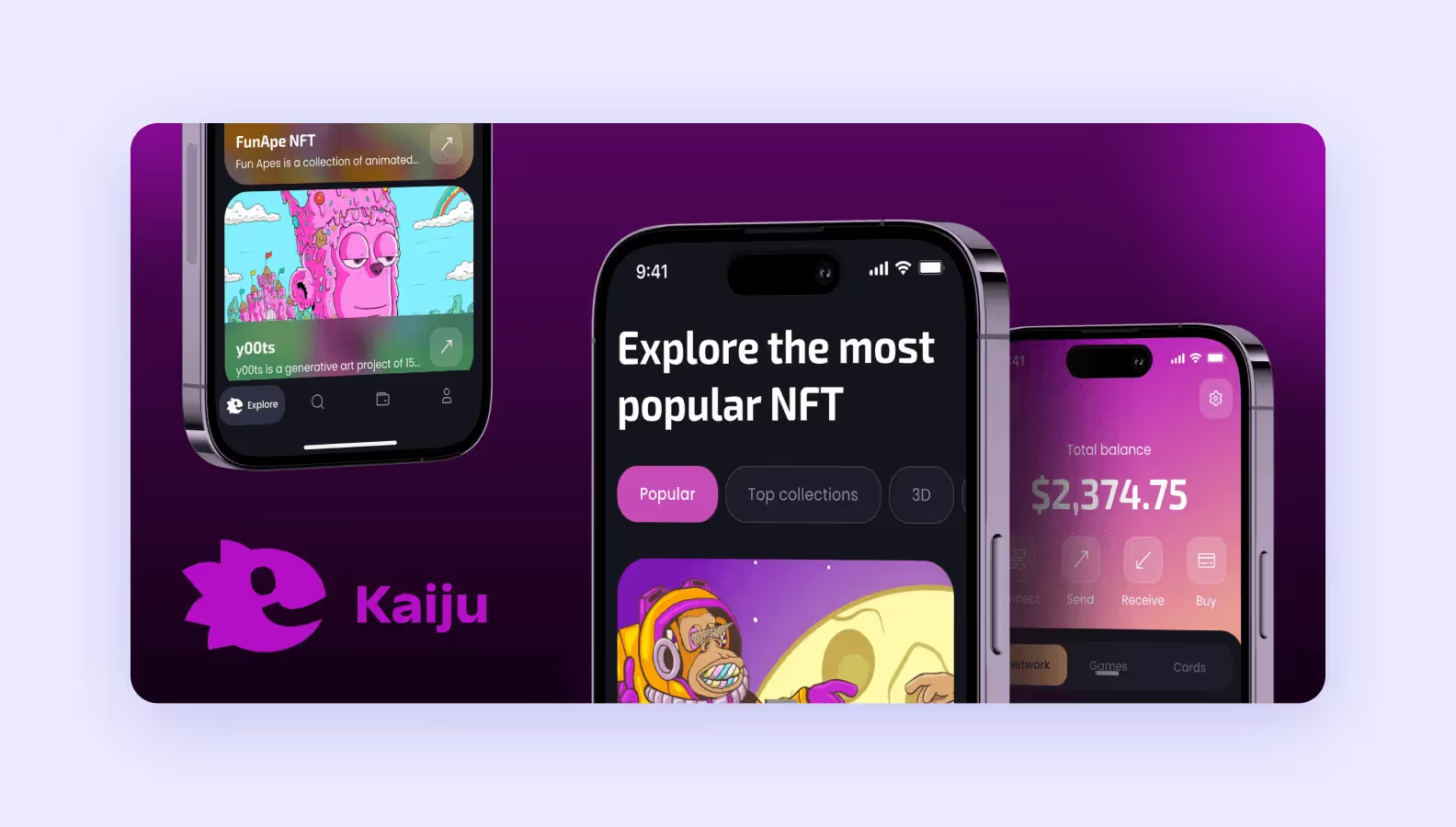
Kaiju is a crypto wallet from Singapore. It’s based on blockchain, and it offers built-in Web3 games, NFTs, and crypto payment features. We were tasked with designing the app’s UI and UX, this included: the logo, games, and wallet itself.
At this point, we’ve already had a lot of experience in the crypto space which allowed us to craft a futuristic and eye-catching look for the product. To motivate users to play games in the app, we created an engaging design that featured vibrant buttons, color accents, and gradients. The product launch was a success: following the release, Kaiju has managed to attract a sizable investment and reach a lot of users.
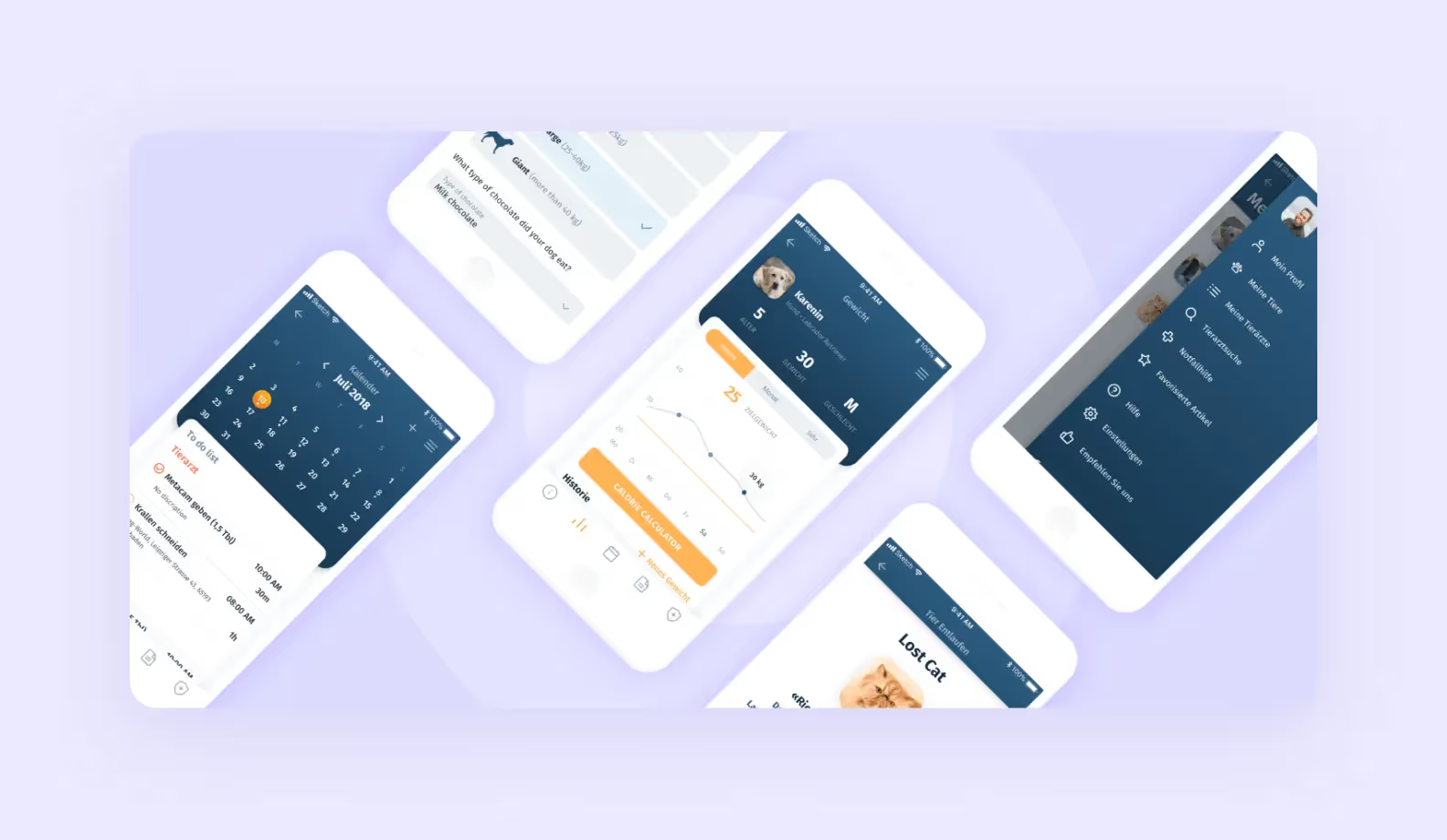
Petbuddy is an app that lets you track your pet’s health. The client wanted us to create a Minimum Viable Product with a $30,000 budget limit. To do that, we had to narrow the app’s scope down, keeping only the most essential features. These included a calorie calculator, an event tracker, and a map showing the nearest vet clinics.
In the end, we implemented every feature and completed the project in only three months — just like what the client wanted. When the app was released on the Apple App Store, it achieved a rating of 4.5 out of 5 stars.
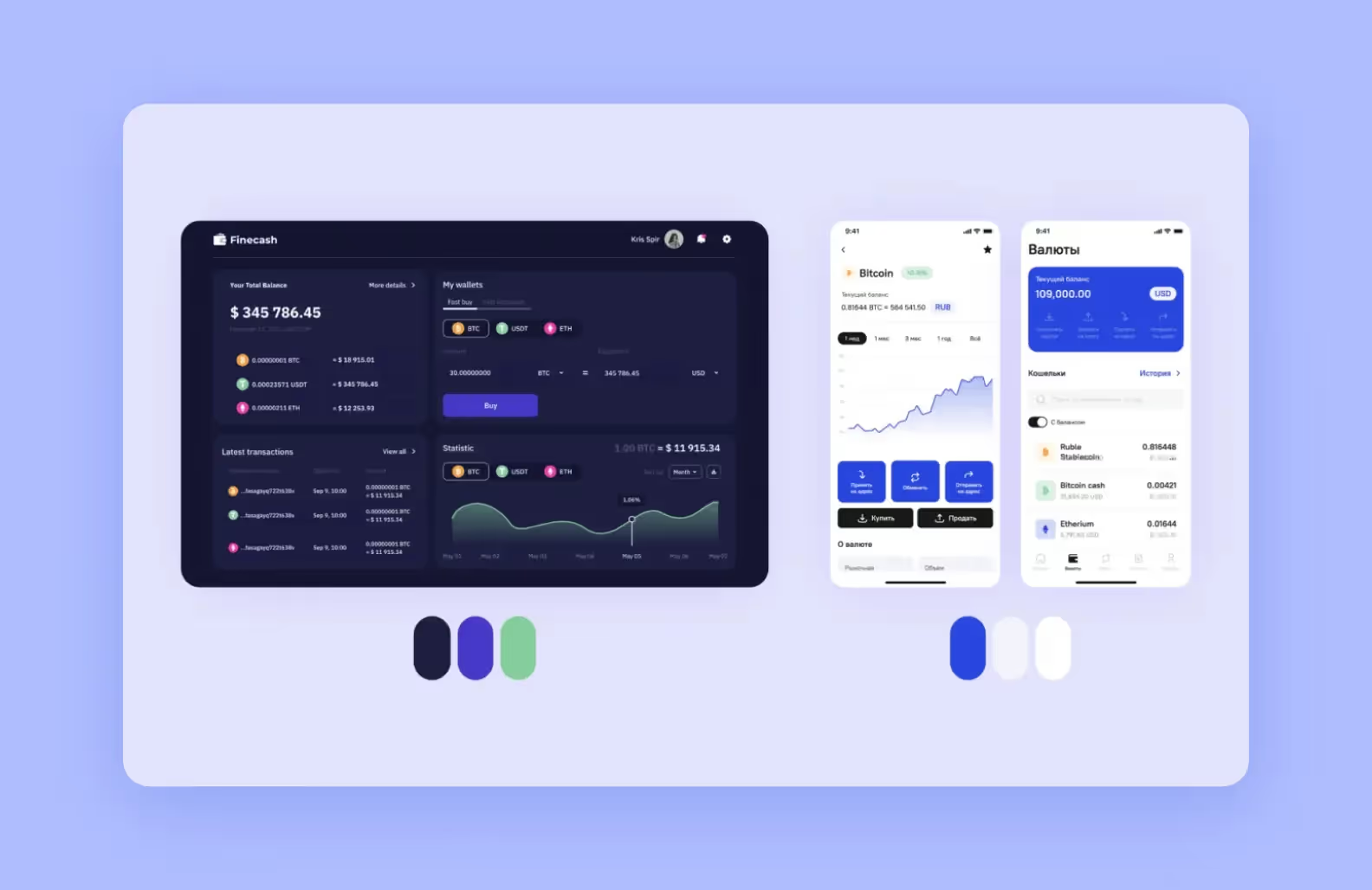
Broex is among our most successful blockchain projects. It’s a user-friendly crypto wallet that supports multiple currencies and caters specifically to crypto novices. The client wanted us to develop an engaging app with an intuitive interface.
We managed to create a clean UI that emphasized all the right elements, such as balance and transaction history. We also integrated a KYC system into the app and developed a custom currency selection feature. The product launch went well: the first version included only the core functionality, such as balance tracking. From there, the app continued to grow, so we implemented additional features like biometric login and social media integration.
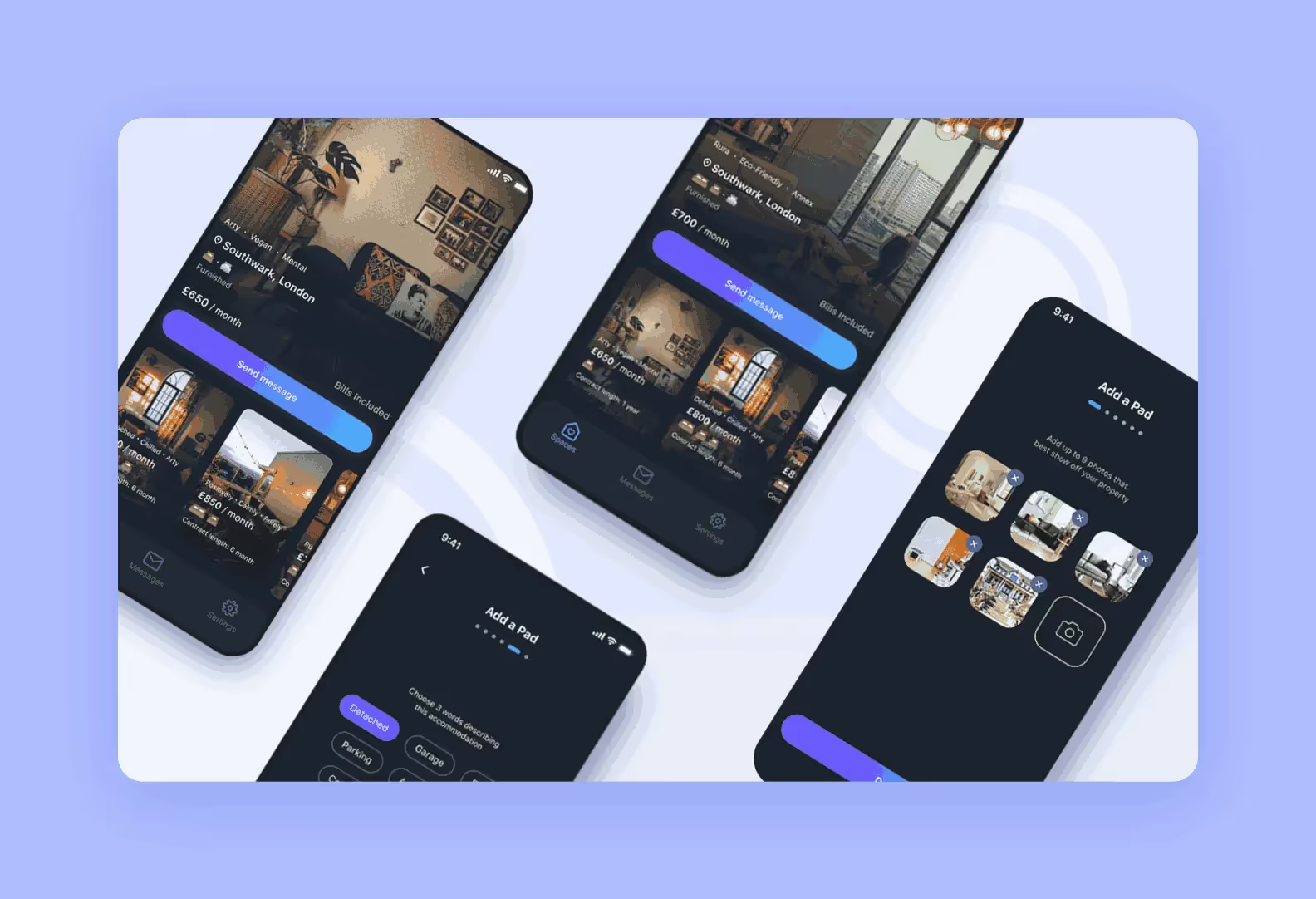
Pad is a British real estate startup that connects landlords and prospective tenants. On this project, we were tasked with making a UI/UX design and building a competitive MVP. The app is built on a smart matching algorithm, helping people find the right tenant or landlord — this was our main focus during development.
We created a minimalist UI that helped the product appeal to younger demographics, such as university students. We managed to help the client pick the most essential features for the first version of the app. This allowed us to speed up the product launch and finish the project, saving the client’s money in the process.
Every product team knows how important it is to have a solid launch strategy. Whether you choose the soft launch or hard, keep in mind that you can also do your own thing. Combining these two methods can give you more flexibility. For example, first, take your time to research your niche, and then, when the release is near, go all-in on product marketing.
➡️ Whatever you decide, it won’t hurt to build an MVP with only the core features. It will allow you to test the product in action, and gauge the market demand, resulting in a smooth launch. If you want to tell us about your project, <a class="blog-modal_opener">fill in the form</a>, and we’ll respond within 48 hours.